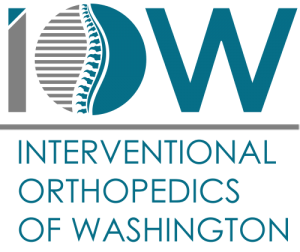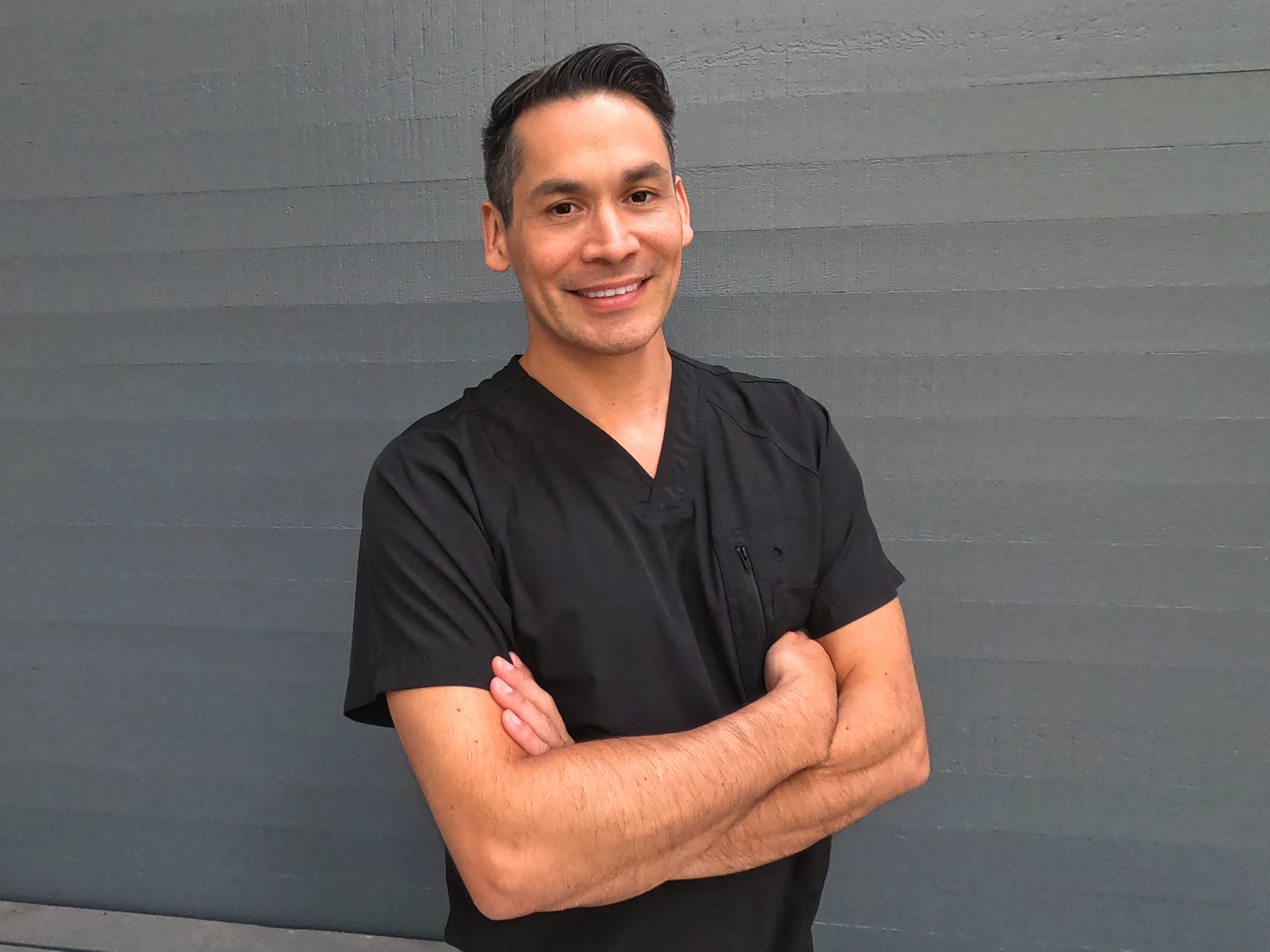Follow Us:
Open Hours
Tues - Fri 8:30 AM to 5:00 PM
Learn More
Blogs

Knee Osteoarthritis: Is PRP the Answer We're Hoping For?

Knee Osteoarthritis: Is PRP the Answer We're Hoping For?

Knee Osteoarthritis (OA) is a common and painful disease that affects millions of people around the world. This condition makes the joint cartilage and bone underneath wear down, which causes pain, stiffness, and joint dysfunction. As people get older, become sedentary, or become unhealthy, the risk of knee osteoarthritis (OA) is likely to rise. This means that effective regenerative interventions are needed.
Platelet-Rich Plasma (PRP) therapy has gotten a lot of interest as a treatment option. This article talks about PRP as a possible treatment for knee osteoarthritis and asks if it could be the big step forward we need.

Understanding Knee Osteoarthritis
When you have osteoarthritis, the protective cartilage that covers the ends of your bones wears away over time. This wear and tear leads to pain, swelling, stiffness, and a lower quality of life for the person debilitated by knee pain. Physical therapy, painkillers like NSAIDs, corticosteroid shots, and finally, joint replacement surgery are all common ways to treat arthritis. Some of these methods, on the other hand, often only help temporarily, may cause unwanted side effects or promote further degeneration.

What is Platelet-Rich Plasma (PRP) therapy?
In PRP treatment, a person's own blood is used to help them heal. Platelets were cells that broke down into platelets that contain a lot of different growth factors for healing. Blood is drawn, and the platelets and cells are concentrated. This concentrate, which is full of growth factors and other immune cells, is then put into the joint. The idea behind this is that these things will help damaged tissues heal, lower inflammation, and reduce pain.
Clinical Evidence Supporting PRP for Knee OA
A variety of studies have been conducted to assess the efficacy of Platelet-Rich Plasma (PRP) compared to Hyaluronic Acid (HA) and cortisone injections for treating Knee Osteoarthritis. Here are the key findings from recent systematic reviews and meta-analyses:

1. PRP vs. HA: Several meta-analyses confirm that PRP is generally more effective than HA for long-term pain relief and functional improvement in knee OA patients. For example, a 2017 meta-analysis comparing PRP to HA showed that PRP provided superior outcomes at 6 and 12 months in terms of pain reduction and improved function (measured via WOMAC scores) (1) (2). Another study concluded that while HA may have similar short-term effects, PRP shows significantly better outcomes over time. (3)
2. PRP vs. Cortisone: While cortisone may offer faster pain relief, its effects tend to diminish within a few months. In contrast, PRP injections are associated with longer-lasting benefits. A systematic review highlighted that while corticosteroids can reduce inflammation more quickly, PRP promotes tissue regeneration, resulting in prolonged functional improvement. (1) (3)
3. Combined PRP and HA Therapy: Emerging evidence suggests that combining PRP and HA may enhance treatment outcomes, as this approach takes advantage of PRP’s regenerative properties and HA’s lubricating effects. Although the data is still evolving, some studies indicate that the combination can offer improved pain relief and functional outcomes compared to either treatment alone. (2) (5)
4. Safety and Adverse Effects: PRP injections are associated with a higher incidence of mild adverse reactions, such as post-injection swelling and pain, compared to HA. However, these reactions are generally short-lived and resolve on their own. Overall, PRP is considered safe with a low risk of serious adverse effects (2).
Overall, PRP looks like it could be a good way to treat knee osteoarthritis, especially when it comes to long-term benefits and safety. But, as with all medical treatments, different people can have different outcomes. It's important to talk to a specialist like Dr. Otoño Silva of Interventional Orthopedics of Washington about all of your choices so that the treatment is tailored to your specific needs and conditions.
The Role of Interventional Orthopedics in Washington

PRP is showing more and more promise, but it needs to be used with care and accuracy. Interventional Orthopedics of Washington and Dr. Silva focus on new, minimally invasive ways to treat joint problems, such as platelet-rich plasma therapy. As part of their method, they do a full evaluation of each patient to tailor care and improve outcomes.
At Interventional Orthopedics of Washington, Dr. Silva uses high-tech imaging methods like ultrasound and fluoroscopy to make sure that PRP treatments are done correctly. This accuracy makes sure that the healing substances reach the exact spot where the damage is, which makes the treatment more effective.
Limitations and Future Directions
While promising, PRP is not without limitations:
Standardization Issues: There is no universally accepted protocol for PRP preparation and administration. Variability in platelet concentration and the presence of white blood cells can influence outcomes. When you see Dr. Silva, he will customize your PRP to be as effective as possible.
Patient Selection: Not all patients with knee OA will respond equally to PRP therapy. Identifying the ideal candidate remains an area of active research. Dr. Silva can provide a candidacy to determine how much and how long you can expect to benefit, but this is not guaranteed as results can vary.
Long-Term Effects: While short- to medium-term benefits are supported by research, long-term efficacy and safety require further investigation. Unlike a cortisone shot that leaves the tissues the same while providing relief and then wears off, possibly leaving the joint in worse shape, PRP can heal tissues, making them feel better and stronger after each additional round.

Conclusion
One hopeful new way to treat knee osteoarthritis is with platelet-rich plasma therapy. It could be used instead of traditional treatments. When done correctly by professionals like Dr. Silva at Interventional Orthopedics of Washington, PRP can help with a lot of pain and make joints work better. There needs to be more study, though, to fully understand the long-term benefits and standardize protocols. As we learn more about PRP, it may become the answer we've been looking for to improve the way we treat knee OA.
REFERENCES:
Li, M., Zhang, C., Ai, Z., Yuan, T., & Peng, W. (2019). Platelet-rich plasma versus hyaluronic acid in the treatment of knee osteoarthritis: A meta-analysis of randomized controlled trials. Pain Medicine, 20(7), 1418–1429.
Xu, Z., Luo, J., Huang, X., Chen, Y., Li, W., & Zhang, J. (2020). Efficacy and safety of platelet-rich plasma combined with hyaluronic acid versus platelet-rich plasma alone for knee osteoarthritis: A systematic review and meta-analysis. Journal of Orthopaedic Surgery and Research, 15, 403. https://doi.org/10.1186/s13018-020-01919-9
Lin, K. Y., Yang, C. C., Hsu, C. J., Yeh, M. L., & Renn, J. H. (2020). Intra-articular injection of platelet-rich plasma is superior to hyaluronic acid or saline solution in the treatment of mild to moderate knee osteoarthritis: A randomized, double-blind, triple-parallel, placebo-controlled clinical trial. European Journal of Orthopaedic Surgery & Traumatology, 30, 967-973. https://doi.org/10.1007/s00590-020-02623-4
Zhao, D., Cui, D., Luo, W., Chen, H., & Zhang, T. (2022). Efficacy and safety of platelet-rich plasma versus hyaluronic acid for the treatment of knee osteoarthritis: An updated meta-analysis of randomized controlled trials. Journal of Orthopaedic Surgery and Research, 17, 219. https://doi.org/10.1186/s13018-022-03398-6

1515 116th Ave NE, Suite 202,
Bellevue, WA 98004
Otoño Silva, MD
Fax: 425-326-1667
Hours
Open:
Tues – Fri 8:30am to 5pm
Closed:
Sat, Sun, Mon

